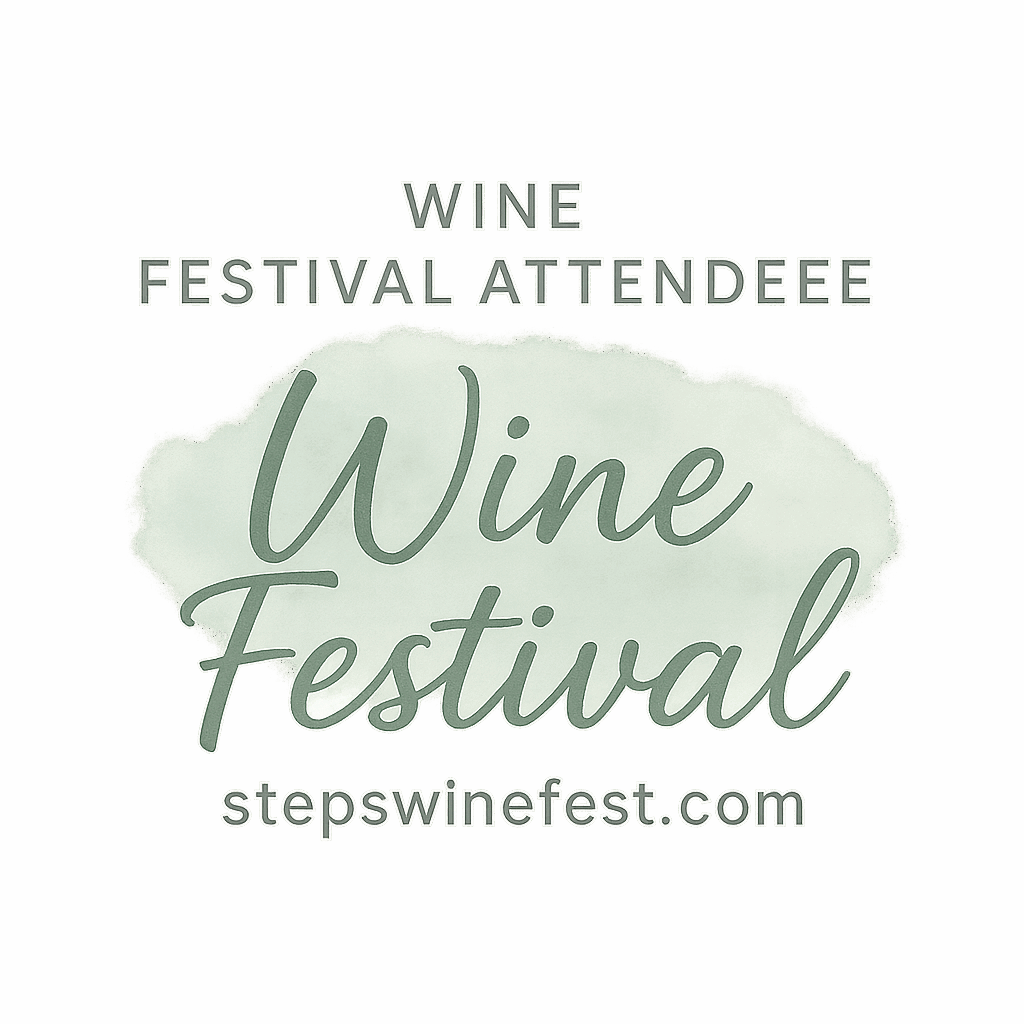Introduction: Savoring the Festival Afterglow
So, you’ve swirled, sniffed, and sipped your way through a fabulous wine festival—now what?
Whether you’re a casual enthusiast or a serious vino adventurer, reviewing and rating wines after a festival is like writing a love letter to your taste buds. The flavors are still dancing on your tongue, your camera roll is filled with label photos, and your notes (if any) are scribbled like a mad scientist’s journal. This is where the magic happens—when the experience turns into something lasting.
Let’s walk through five practical and personal ways to review and rate wines after a festival, all while maximizing your wine memories and helping others sip smarter.
Why Post-Festival Wine Reviewing Matters
Lock in the Memory Before It Fades
Wine festivals are sensory overload—in the best way. Dozens (or hundreds) of tastings, chatting with sommeliers, live music, and food pairings—it’s a whirlwind. But by the time Monday rolls around, you might be struggling to remember which Malbec blew your mind.
That’s why it’s essential to capture your wine impressions early and build a foundation for wine knowledge that will help you in future tastings and purchases.
Explore more on post-festival strategies here.
Build a Personal Wine Profile
Reviewing and rating wines isn’t just about cataloging what you drank. It’s about understanding what you like, what you don’t, and why. Over time, these insights create a personalized wine map that leads you to better bottles and more enjoyable experiences.
Step 1: Organize Your Festival Notes
Use a Wine Journal or Tasting App
Whether you jotted thoughts on a notepad, snapped label photos, or used a tasting app like Vivino or Delectable, now’s the time to consolidate.
If you didn’t take notes—don’t panic. Start by listing the wines you remember enjoying. Use festival materials, photos, and even festival logistics resources to jog your memory.
Pro Tip: Tag your entries with keywords like fruit-forward, oaky, or spicy to help identify flavor trends.
Sort Wines by Style, Region, or Preference
Categorize your tasting notes by varietal (e.g., Pinot Noir), origin (e.g., Napa Valley), or rating (favorites vs. forgettables). This adds structure and helps you compare similar wines later.
You can also use tags like #favorite-wines or #experience to track emotional takeaways alongside flavor notes.
Step 2: Taste Again When Possible
Retasting at Home for Accuracy
Festivals are dynamic. Tasting a wine in a crowded, warm tent while listening to live jazz isn’t the same as sipping it slowly on your porch.
If you can, buy a bottle of your festival favorites and retaste them in a quiet setting. You’ll notice subtleties you missed and confirm whether it’s truly a favorite.
Explore wine tasting strategies to refine your follow-up sips.
Compare Festival Experience vs. Home Setting
Ask yourself:
- Was the wine just good because of the setting?
- Does it hold up in your usual drinking environment?
- Does it pair well with your go-to meals?
These questions help you separate wine hype from wine quality.
Step 3: Use a Structured Wine Rating System
Popular Methods: 100-Point, 5-Star, and Personal Scales
There’s no one-size-fits-all way to rate wine. Here are some common methods:
- 100-Point Scale: Used by pros like Wine Spectator; complex but detailed.
- 5-Star Rating: Simple and intuitive for casual drinkers.
- Custom Scales: Create your own with emojis, checkmarks, or words like “YES!” and “meh.”
The key is consistency. Use the same scale across wines to make meaningful comparisons.
What to Consider When Rating
Aroma and Bouquet
Take a deep sniff—what jumps out? Red berries? Tobacco? Leather?
Flavor Complexity
Does the wine evolve as you sip, or is it one-dimensional?
Body and Balance
Is it full-bodied and bold or light and crisp? Are the tannins overpowering or silky?
Finish and Aftertaste
How long does the flavor linger? Is it pleasant or bitter?
For help with detailed tasting, check out tips on preparation and tasting.

Step 4: Share Your Thoughts with the Wine Community
Post on Social Media or Review Platforms
Writing reviews helps solidify your thoughts and share your experience with other wine lovers. Use social platforms like Instagram, Reddit, or Vivino to write casual, honest reflections.
Include:
- Wine name and vintage
- Where you tasted it
- A one-sentence summary (e.g., “A cozy wine with dark cherry notes and a long finish.”)
- Your rating or emoji review
Tag Wineries and Use Festival Hashtags
Make your post searchable! Tag the winery and use hashtags like #WineFestival, #StepsWineFest, or #wine-festival to connect with others who attended. Don’t forget tags like #sharing or #social-media if you’re part of a wine group.
Step 5: Create a Wine Memory Bank
Save Labels, Photos, and Festival Notes
Collect wine labels (you can soak and peel them), keep your ticket stubs, and snap photos of each tasting table. This is your wine scrapbook.
Build a Digital Collection or Scrapbook
Apps like Evernote or OneNote let you store label images, ratings, and notes in one place. Or start a dedicated Instagram or blog. Your personal archive can double as a gift guide or recommendation hub.
Find more post-festival ideas at post-festival tips and memorabilia.
Common Mistakes to Avoid When Reviewing Wines
Relying Solely on Memory
Festival haze is real. If you didn’t take notes, it’s easy to confuse which Chardonnay you loved. Start recording immediately after the event.
Ignoring Environmental Factors
Your perception of wine can be heavily influenced by temperature, music, lighting, or even your mood. A wine that dazzled you at sunset might feel flat on a rainy Tuesday.
Enhance Future Festival Experiences
Create a Pre-Festival Checklist
Use guides like preparation tips, logistics, and safety-wellness to get ahead of the game next time.
Include:
- A note-taking method
- Plan for dietary restrictions
- Maps and navigation strategy (#navigation)
Track Your Growth as a Taster
Look back over previous reviews and see how your preferences evolve. Did you go from loving sweet reds to dry whites? That’s your wine story.
Conclusion
Reviewing and rating wines after a festival is like bottling up the experience—you get to enjoy it again and again. By organizing notes, retasting, using consistent rating systems, sharing your thoughts, and building a wine memory bank, you turn one fun day into a deeper appreciation of wine.
It’s not just about what you drank—it’s about understanding why you loved it and how to find it again.
So grab that wine journal, revisit your favorites, and don’t forget to cheers to the journey.
FAQs
Q1: Do I need professional training to review wine after a festival?
Nope! Wine reviewing is about personal experience. Start with simple notes like “fruity” or “smooth,” and grow from there.
Q2: What if I forget most of the wines I tasted?
Use your festival materials, photos, and the official Steps Wine Fest site to retrace your steps.
Q3: Can I rate wines using emojis or personal symbols?
Absolutely. Your system should make sense to you. Whether it’s thumbs up or 🍷🍷🍷🍷, consistency is key.
Q4: Should I include food pairings in my wine reviews?
Yes! Noting what you ate with the wine helps you understand its versatility and flavor balance.
Q5: Where’s the best place to share my reviews?
Try social media, wine apps like Vivino, or start your own wine blog!
Q6: Can I retaste festival wines even months later?
If you can find the bottles, definitely. Some wines evolve, and retasting helps refine your judgment.
Q7: How can I improve my reviewing over time?
Practice and exposure. Attend more festivals, use tasting strategies, and follow other reviewers for inspiration.

